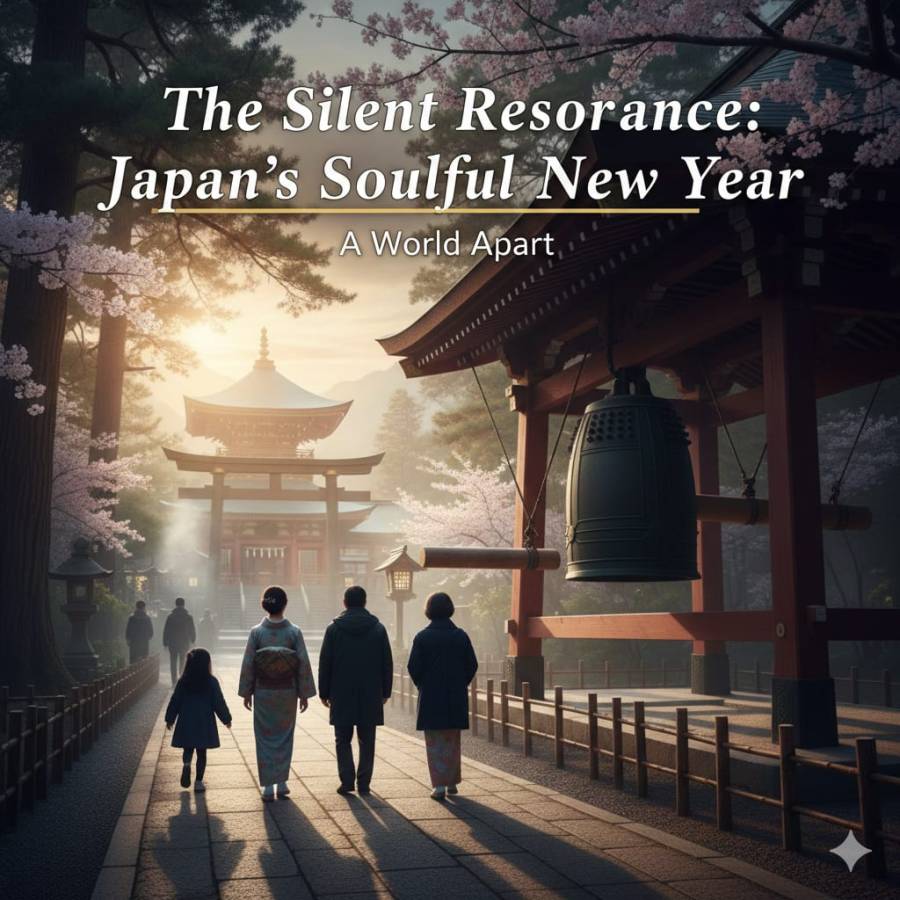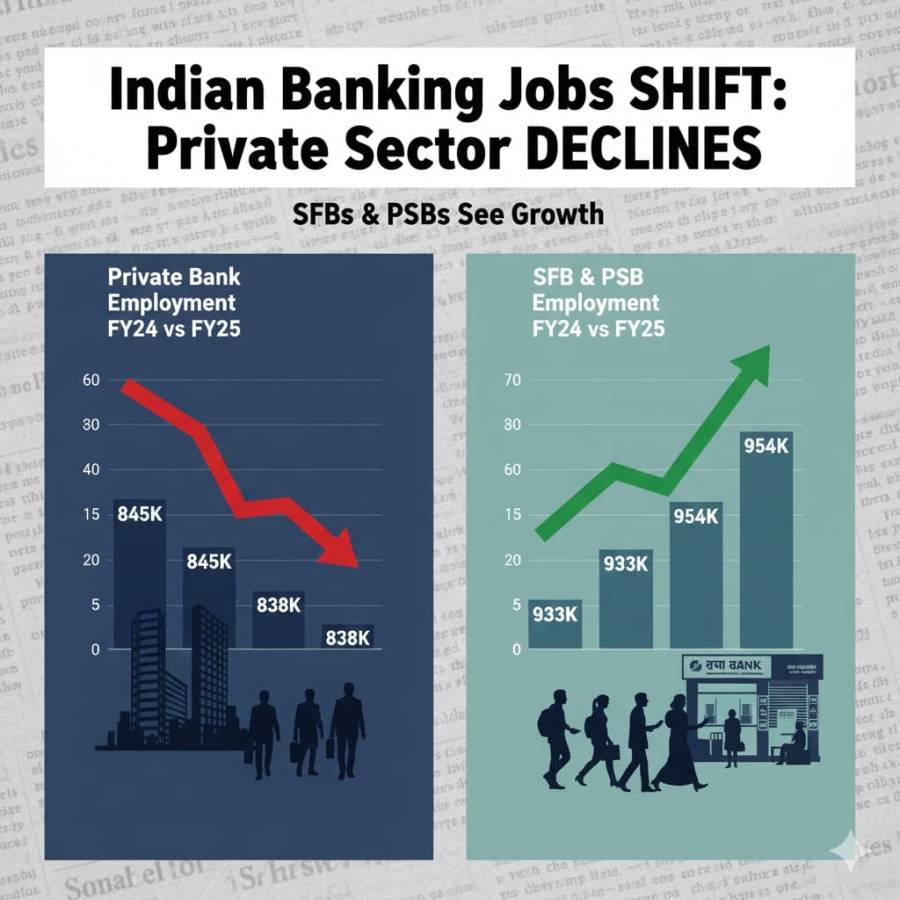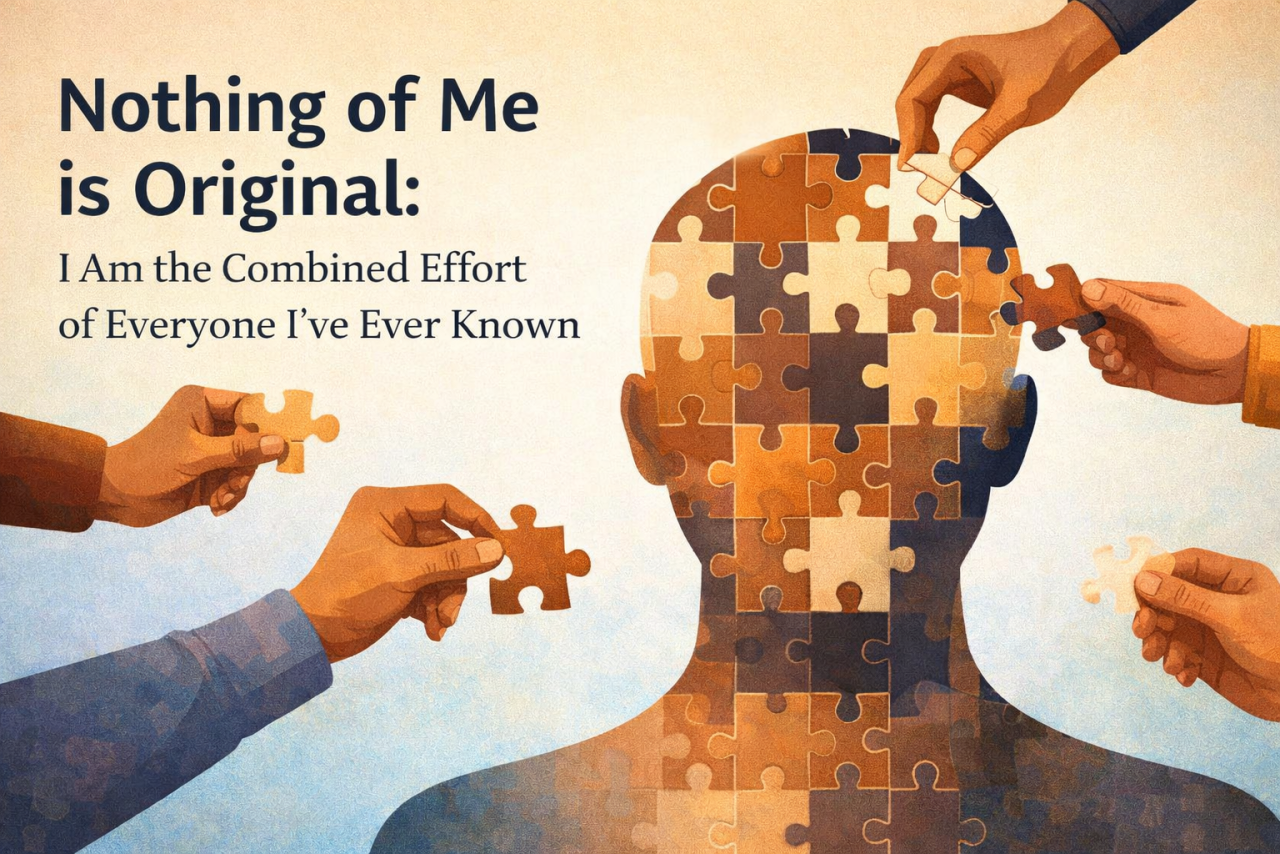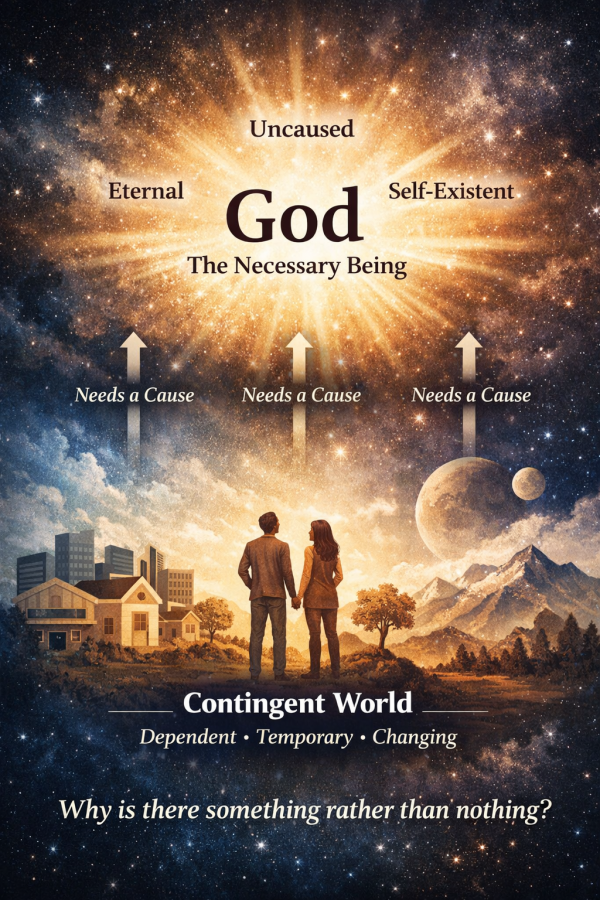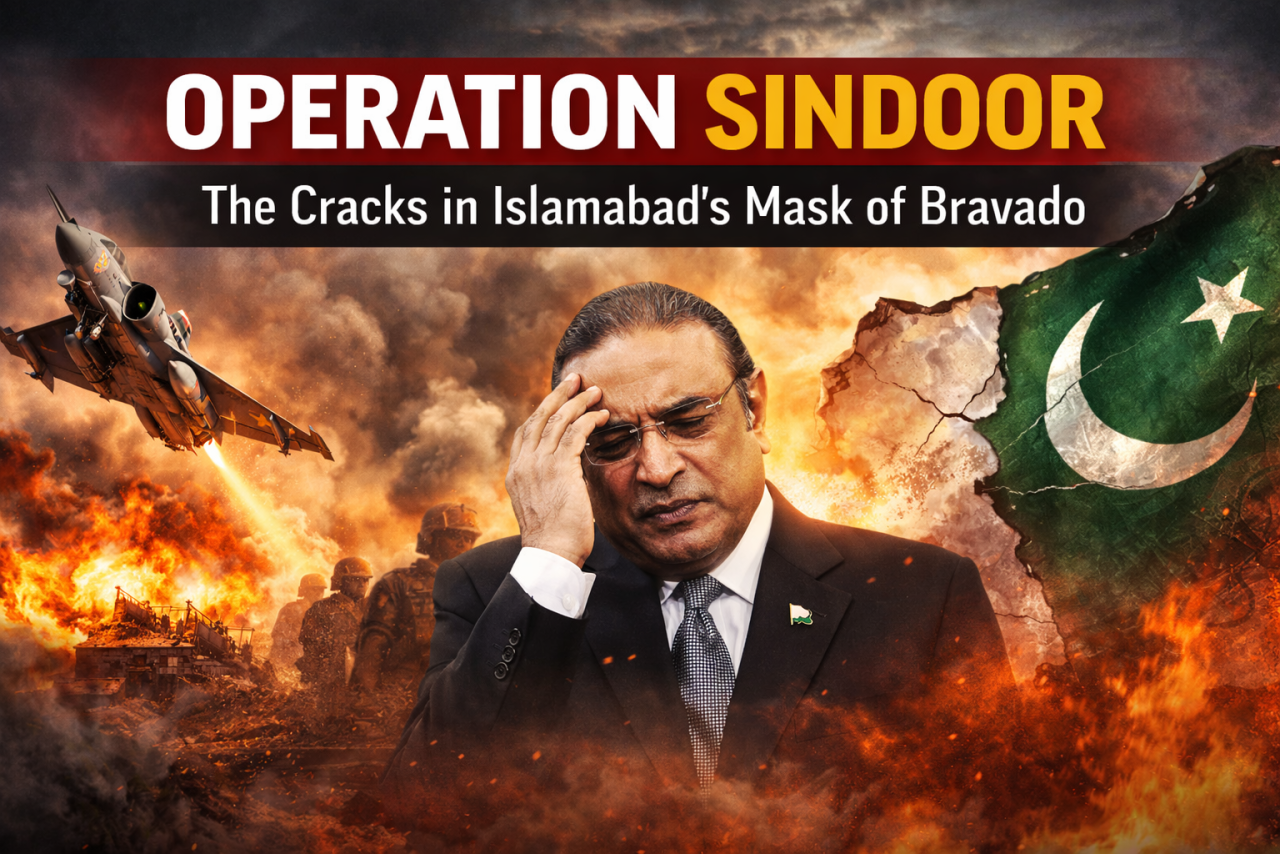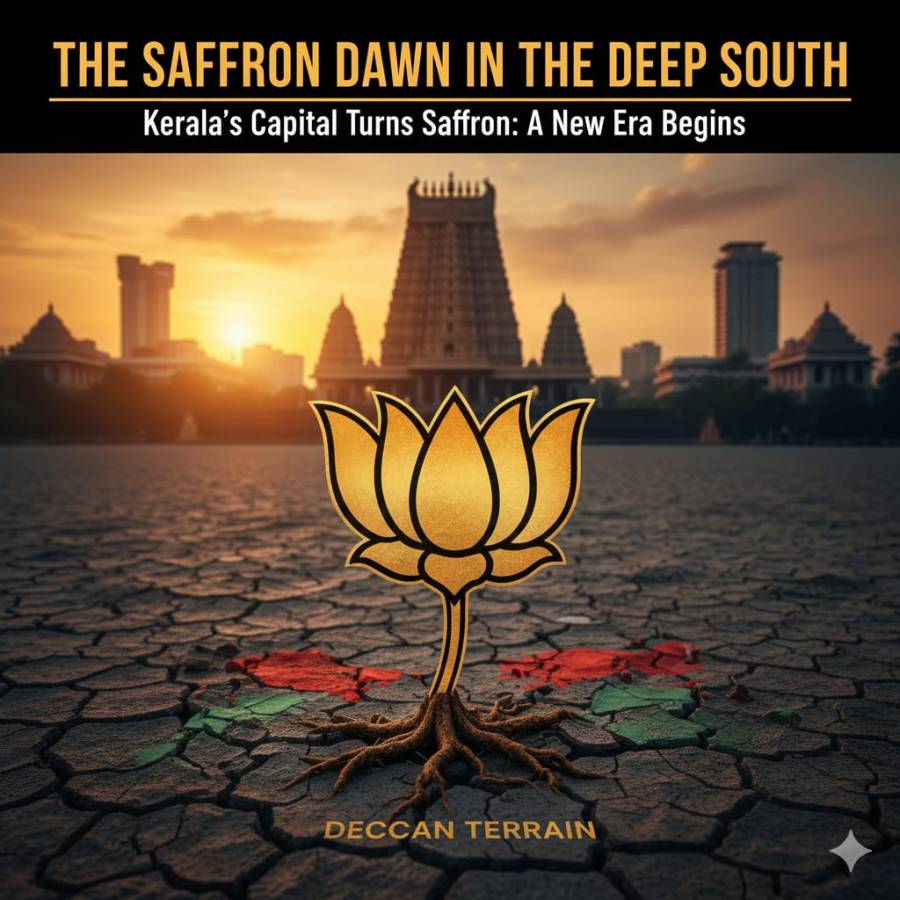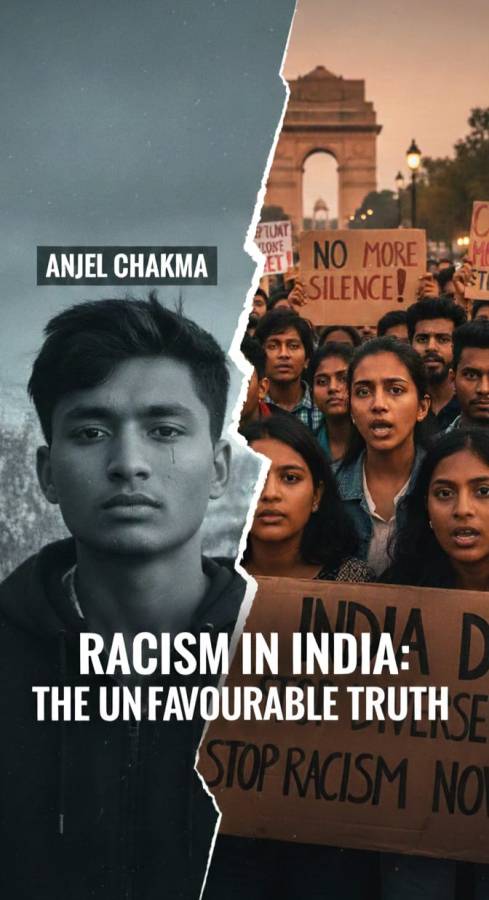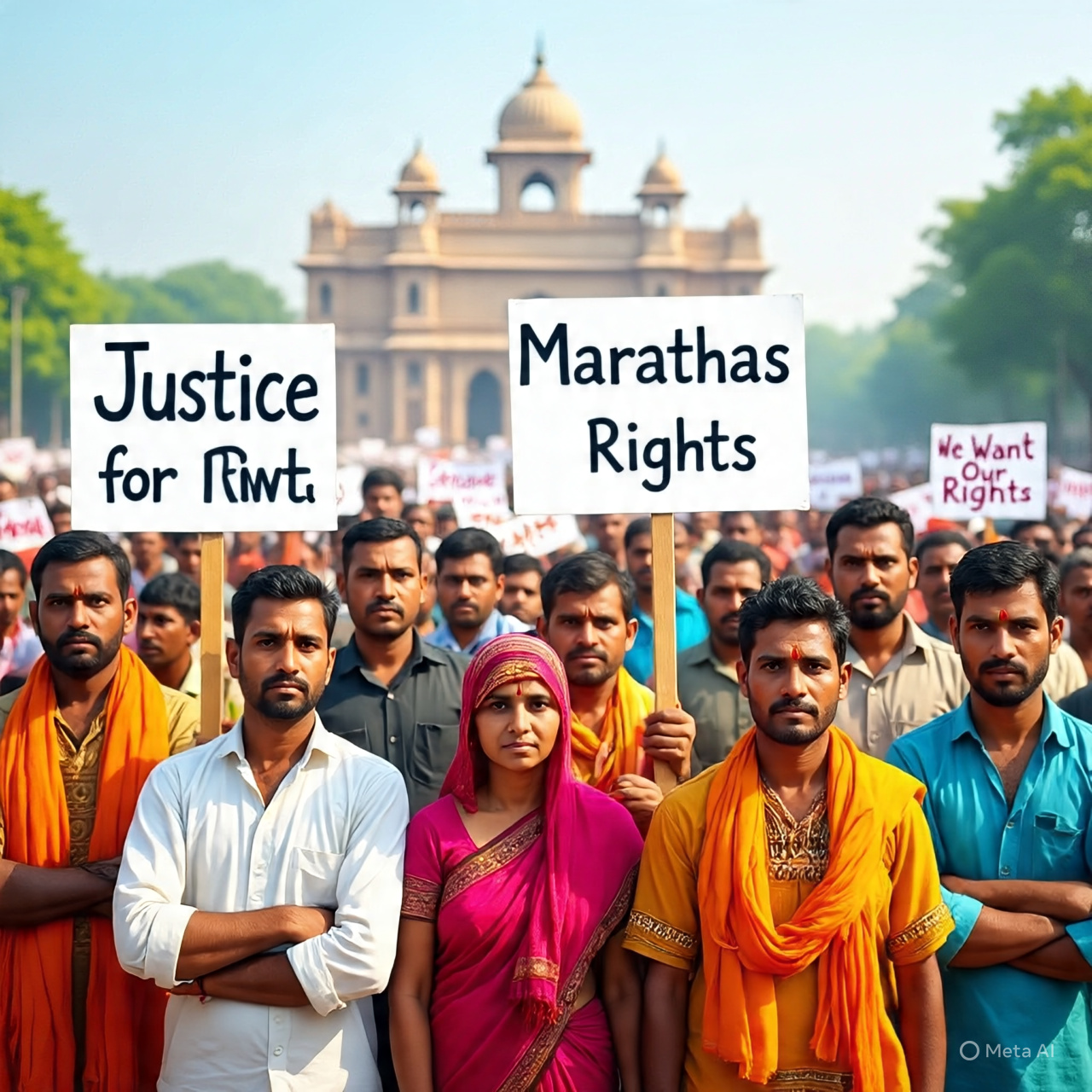
The politics of reservation in India has always been a sensitive subject, balancing the aspirations of communities with the limits of law and resources. Maharashtra once again witnessed this tension as the Maratha quota agitation, led by activist Manoj Jarange-Patil, drew national attention. After days of protests, fasts, and mounting pressure, the state government announced its acceptance of several key demands. This brought temporary relief, but the larger questions of social justice, legality, and long-term impact remain unresolved.
The Demands That Shaped the Protest
At the heart of the agitation was the demand to treat Marathas as part of the Kunbi caste, which falls under the Other Backward Classes (OBC) category. Historically, Kunbis have been recognized as an agrarian community eligible for OBC benefits. The Marathas, who form a large and politically influential group, argued that many of them share the same agrarian roots and thus should receive the same advantages.
The protestors listed eight main demands. These included implementing the Hyderabad and Satara gazettes to verify Kunbi ancestry, declaring Marathas and Kunbis as the same, issuing the 2024 notification to facilitate Kunbi certificates, and withdrawing cases against protestors from the 2023 and 2024 agitations. Other demands were compensating families of Marathas who ended their lives over the reservation issue, setting up committees to ease certificate issuance, clearing pending certificates at the earliest, and ensuring that the Justice Shinde committee’s office functions at full strength.
The government agreed in principle to most demands. The Hyderabad and Satara gazettes will now be legally recognized to establish Kunbi identity. This is expected to help Marathas secure OBC certificates, which will open the door to education and job quotas.
The Political and Social Dimensions
The government’s move brought immediate calm, with Jarange-Patil ending his fast in Mumbai. Yet beneath the celebrations lies a deeper conflict. While the Maratha community feels vindicated, many OBC groups have raised alarm. They argue that extending OBC benefits to Marathas will eat into the existing share of opportunities meant for historically disadvantaged communities. This could create new divisions among groups that have long struggled for justice.
Maharashtra already reserves 52 percent of seats for Scheduled Castes, Scheduled Tribes, and OBCs. It also provides 10 percent for the economically weaker sections. In 2024, the state government had also granted Marathas a separate 10 percent under the socially and educationally backward class category, though this was challenged in court. If Marathas now receive OBC benefits, the state risks breaching the 50 percent cap on reservations mandated by the Supreme Court. This would almost certainly invite fresh legal battles.
Historical Roots and Current Reality
The demand for Maratha reservation is not new. It stems from the socio-economic struggles of Marathwada, a region with deep agrarian distress. Farmers here face repeated crop failures, rising debts, and a lack of alternative employment. Many of the suicides linked to the reservation issue highlight how economic desperation has driven individuals to view quotas as a lifeline.
The Hyderabad (1909) and Satara (1884) gazettes, now given legal validity, are colonial-era documents used to verify Kunbi ancestry. The fact that such old records are being revived shows the complexity of India’s caste and community politics. The government hopes that by granting OBC certificates to Marathas through this route, it can satisfy the agitators without directly creating a new quota. However, critics argue this is a backdoor entry that undermines both the integrity of the OBC category and the principle of targeted affirmative action.
The Larger Impact on Society
For ordinary students and job seekers, this agitation brings new uncertainty. Every change in reservation policy reshuffles the competition. While Marathas may feel they are gaining long overdue recognition, OBC communities worry about shrinking opportunities. The sense of injustice can quickly spread, leading to further social unrest.
There is also the risk of deepening caste identities. Instead of moving toward a society where caste plays a smaller role in opportunities, such measures reinforce the idea that caste remains the most important marker of one’s future. Political leaders often encourage this approach because it helps them consolidate vote banks, but the cost is borne by the young generation who face a fractured and uncertain system.
The Legal Hurdle
Even as the state government has announced its decisions, the legal battle is far from over. The Supreme Court has been clear that reservations cannot exceed 50 percent, except in extraordinary circumstances. Maharashtra is already close to this limit. Any attempt to include Marathas under OBC will likely be challenged by other groups. This means that the ultimate fate of the Maratha quota is not in the hands of the state government alone but will be decided by the courts.
Final Take
While protests and fasts may win immediate concessions, they cannot be a permanent solution. What Maharashtra truly needs is long-term investment in regions like Marathwada. Better schools, reliable colleges, agricultural reforms, and industrial growth can provide sustainable opportunities. Deepening irrigation networks, improving healthcare, and creating jobs outside farming will reduce the dependence on quotas as the only path to security.
At the same time, the government must ensure fairness. If Marathas are to be included in OBC, it must be on a solid and transparent basis, not through hurried political compromises. Otherwise, resentment among other communities will only grow.



